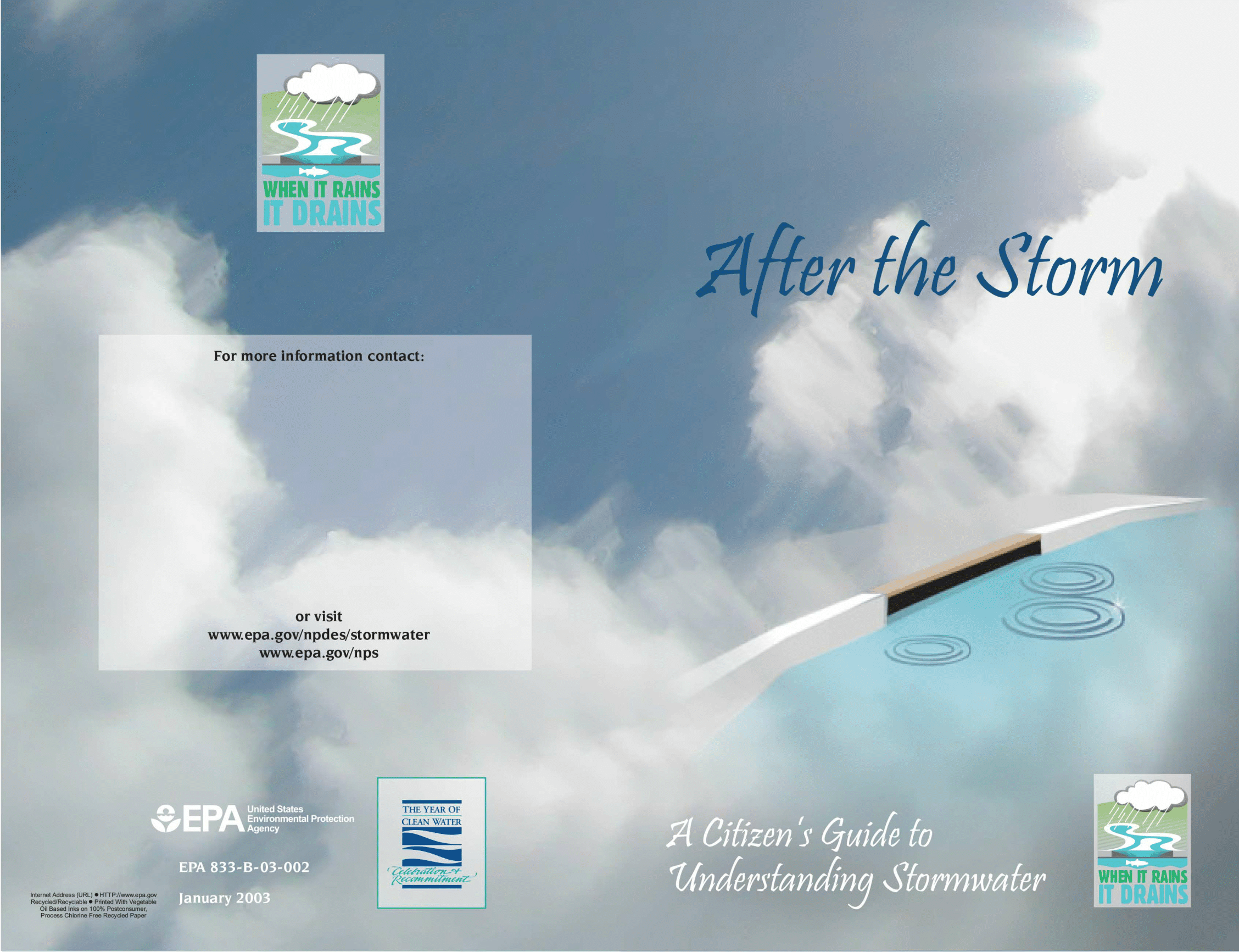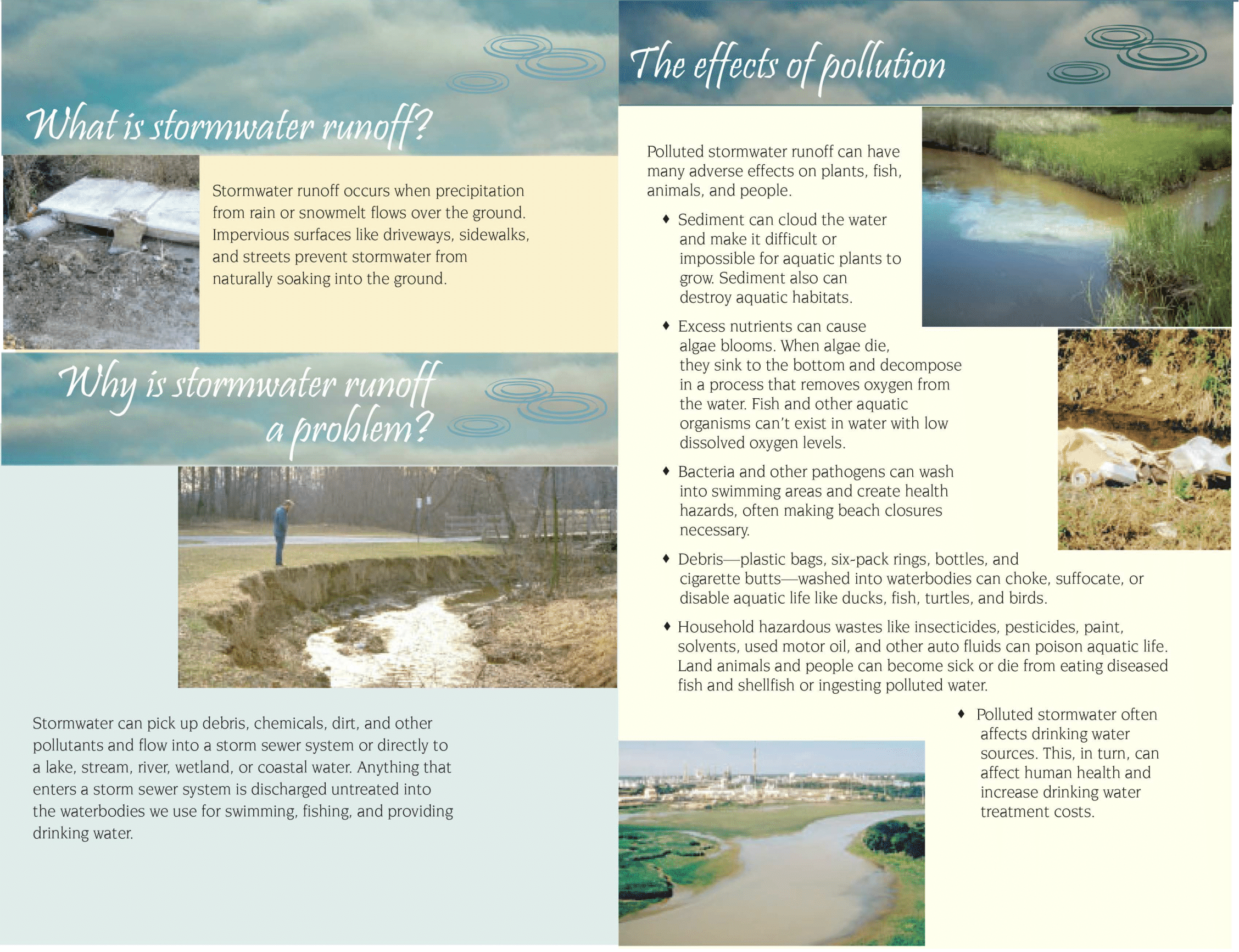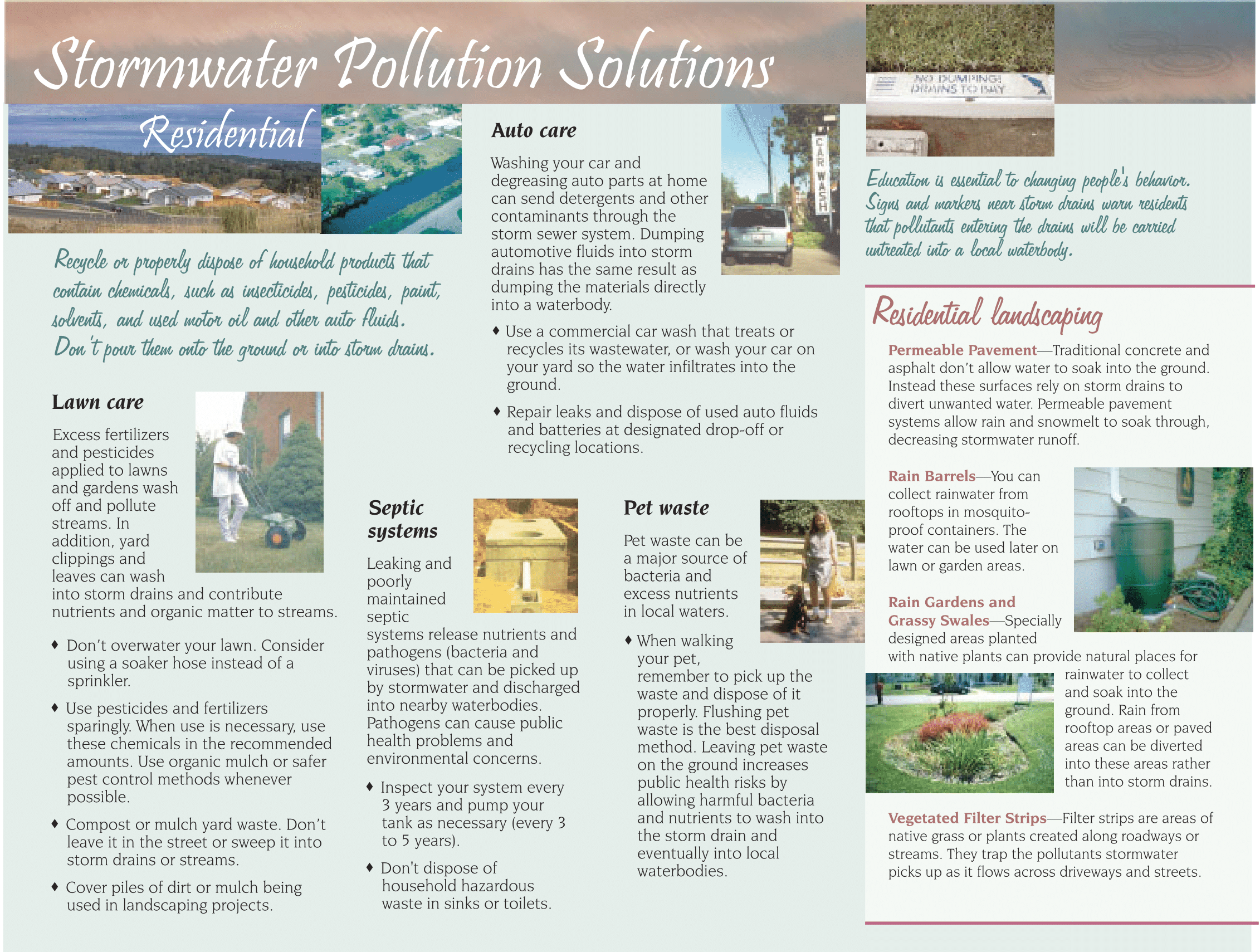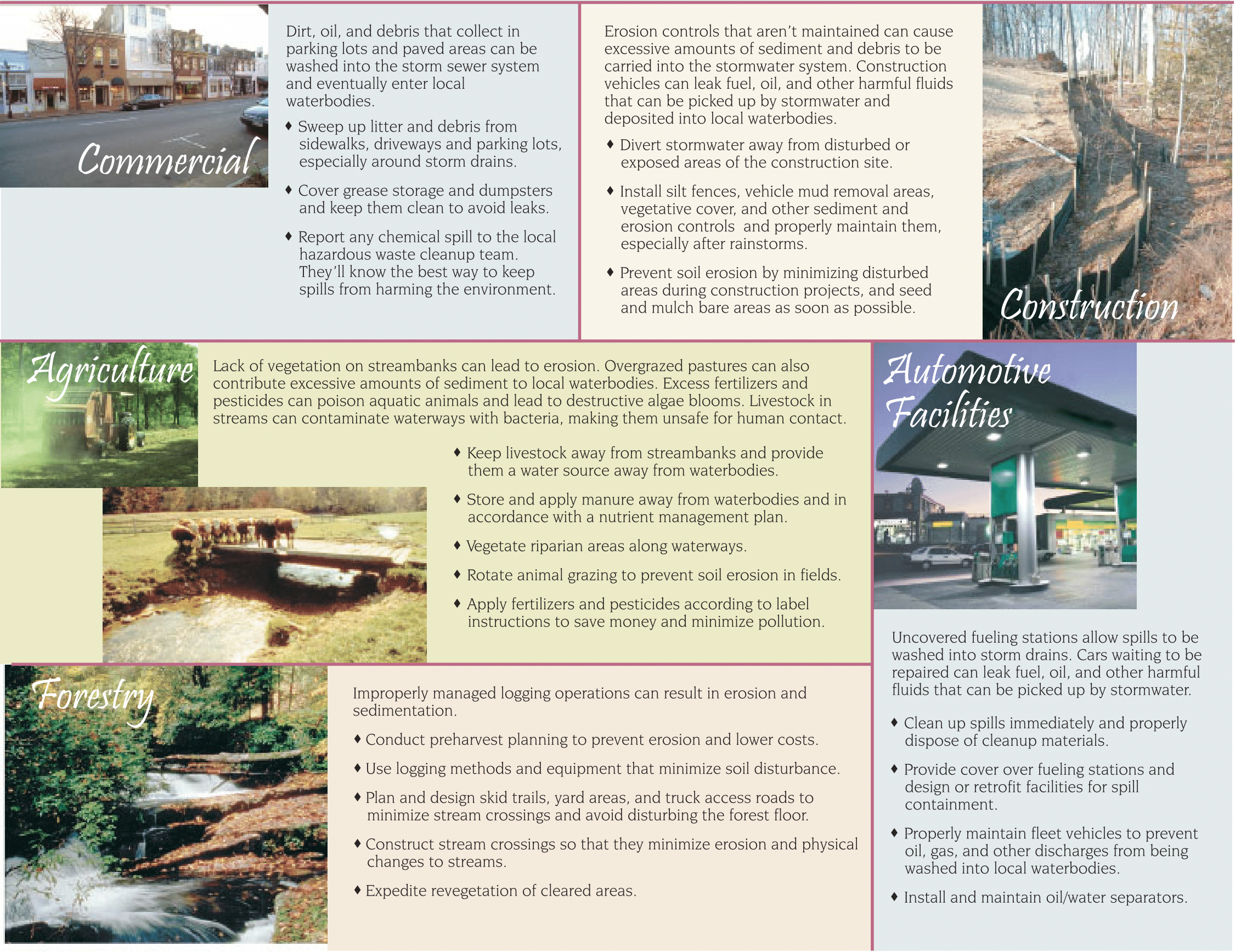1. Summarize the measures from the Stormwater Management Plant (“SWMP”) that will be used for public education and outreach:
The City of Washington will publish two (2) articles per year in the local newspaper, develop and maintain an SWMP page on their website, implement and advertise a stormwater telephone hotline, meet with local educators and help them develop a curricula on stormwater quality issues and the SWMP, work with restaurant owners on the proper operation and method of grease traps, and provide public presentations on the SWMP.
2. Summarize the measures from the SWMP that will be used for public involvement and participation:
The City will hold public meetings to present and discuss the progress of the SWMP, develop and work with a citizen’s advisory panel to monitor and update the SWMP, solicit and involve volunteer groups for training and community clean-up activities, and train volunteers for illicit discharge detection.
3. Summarize the measures from the SWMP that will be used for illicit discharge detection and elimination:
The City will conduct annual inspections of the open drainage system (1/4 of the system per year) to detect, identify, and eliminate illicit discharges, train volunteers and City employees to detect and report illicit discharges, update the stormwater collection system mapping, continue to provide and support used motor oil recycling, pursue opportunities for household hazardous waste collection events.
4. Summarize the measures from the SWMP that will be used for construction site stormwater runoff control:
The City will develop and implement standard inspection and reporting procedures for construction site surveillance, inspect all sites over one acre for compliance with runoff and erosion control requirements, review and update existing ordinances as needed to require appropriate stormwater sediment and erosion control, and provide sanctions for non-compliance.
5. Summarize the measures from the SWMP that will be used for post-construction stormwater management:
The City will implement inspections of construction sites one year after completion of construction activities to ensure proper operation and maintenance of the stormwater systems, review and update existing ordinances on post-construction system maintenance and buffer and landscape requirements, promote the use of BMPs such as reduction of impervious areas, grassed swales, wet ponds, dry detention basins, etc., and implement a developer website to educate developers and designers on the City requirements.
6. Summarize the measures from the SWMP that will be used for pollution prevention and good housekeeping:
The City will develop pollution prevention plans for City facilities such as the public works garage, train City staff on proper pollution prevention and good housekeeping practices, continue street sweeping, and implement measures such as inlet cleaning to reduce sediment and debris entering streams, review and modify City practices such as salt spreading, herbicide/pesticide/fertilizer application, and train City construction crews on sediment and erosion control measures for City construction sites.



